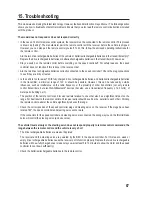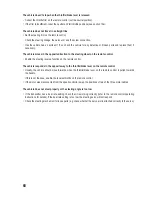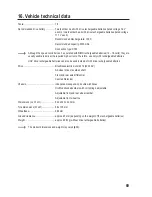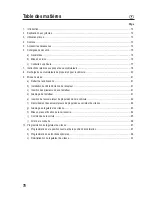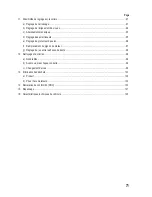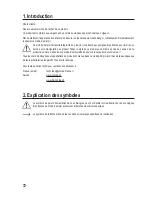
57
11. Vehicle configuration options
a) Configuring the camber
The camber is the inclination of the wheels as viewed from the front (vertical).
Negative camber
Positive camber
(Upper wheel edge points inwards)
(Upper wheel edge points outwards)
The alignment of the wheels is exaggerated in the two diagrams to show the difference between negative
and positive camber. Obviously, such an extreme adjustment should not be made to the model vehicle!
•
A negative camber on the front wheels increases the lateral forces on the tyres when turning corners. This makes
the steering wheel more responsive and reduces the steering force. At the same time, the wheel is pushed onto the
axle leg in the direction of the axis. This offsets axial bearing clearance and results in smoother driving.
•
A negative camber on the rear wheels reduces the tendency of the rear of the vehicle to swing when turning corners.
•
In contrast, a positive camber reduces the cornering force on the tyres and is generally not recommended.
Setting the front axle camber:
The "pivot ball" suspension on the front axle consists of
a specially shaped steering knuckle, two spherical-head
screws (A) and (B) and two outer set screws (C).
To adjust the camber, turn the spherical-head screws (A)
and (B) using a small 4 mm hex key inserted through the
hole of the set screw (C) (see next page).
The set screws (C) can be tightened or loosened with a
slightly larger 8 mm hex key or a suitable wrench. These
are only intended for fixing the steering knuckle to the
spherical-head screws (A) and (B).
Never use force to tighten the set screws (C), as this
may prevent the wheel suspension from moving freely.
However, the set screws (C) must not be too loose,
otherwise the steering knuckle may wobble.
Содержание Raptor 6S
Страница 138: ...138 ...
Страница 139: ...139 ...

























